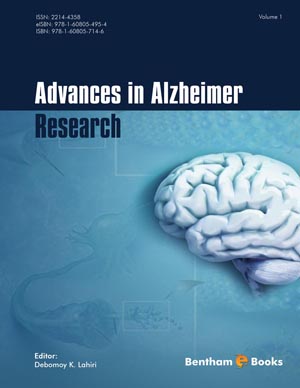Abstract
In Alzheimer’s disease (AD) the common symptom is loss of memory. Learning and memory are associated with amoeboid movements of synaptic endings. There are numerous indications that aberrant plasticity is critically involved in Alzheimer’s. Synaptic membranes share the highest content of docosahexaenoic acid (DHA) of all cell membranes; moreover, synapse density is reduced in ageing as well as levels of DHA. On the other hand, epidemiological studies suggest that consumption of DHA is associated with a reduced incidence of AD. Is this neuroprotective action the result of refilling DHA into membranes? Is the prosurvival effect due to a more selective signalling by a DHA-derived mediator? Neuroprotecting D1 (NPD1) is a newly identified DHA-derived messenger, which protects synapses and decreases the number of activated microglia in the hippocampal system. Since NPD1 exhibits neuroprotective activity against beta-amyloid, represses apoptosis, and promotes the expression of antiapoptotic genes, DHA protection in cells in culture and in vivo models may involve NPD1 synthesis. Delaying AD onset by a few years would reduce the number of the cases of dementia in the community. The authors – in view of the increased neuroinflammatory reaction frequently observed during normal brain ageing - suggest the long-term use of “fatty aspirin”, an association of DHA and aspirin, to postpone, or prevent, the structural neurodegeneration of the brain.
Keywords: Alzheimer’s Disease (AD), AD prevention, docosahexaenoic acid (DHA), synaptic ageing, synaptic impairment, neuroprotectinD1 (NPD1), resolvins, neuroprotective activity, beta-amyloid, neuroinflammation, aspirin, mild cognitive impairment (MCI), brain-derived neurotrophic factor (BDNF), microglial activation, neurogenesis, proinflammatory cytokines, peroxisome proliferator-activated receptor (PPAR), antioxidants, cyclooxygenase-2 (COX-2) acetylation, dietary salicylate.






















